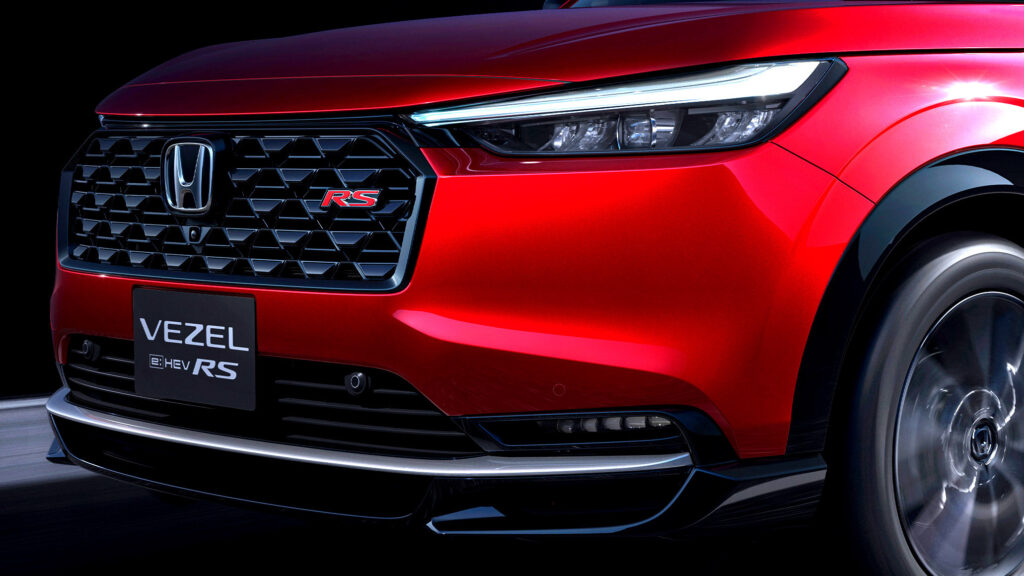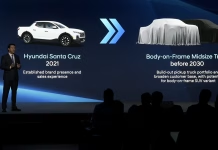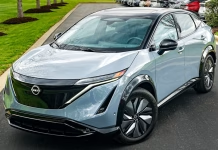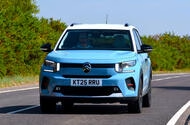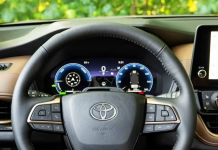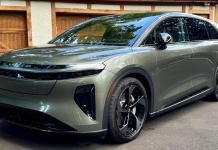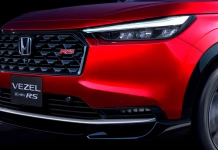Korean truck set to debut in US before 2030 with unique design and possible...

Nissan Ariya Dropped After 2025 as Focus Shifts to Cheaper Leaf EV
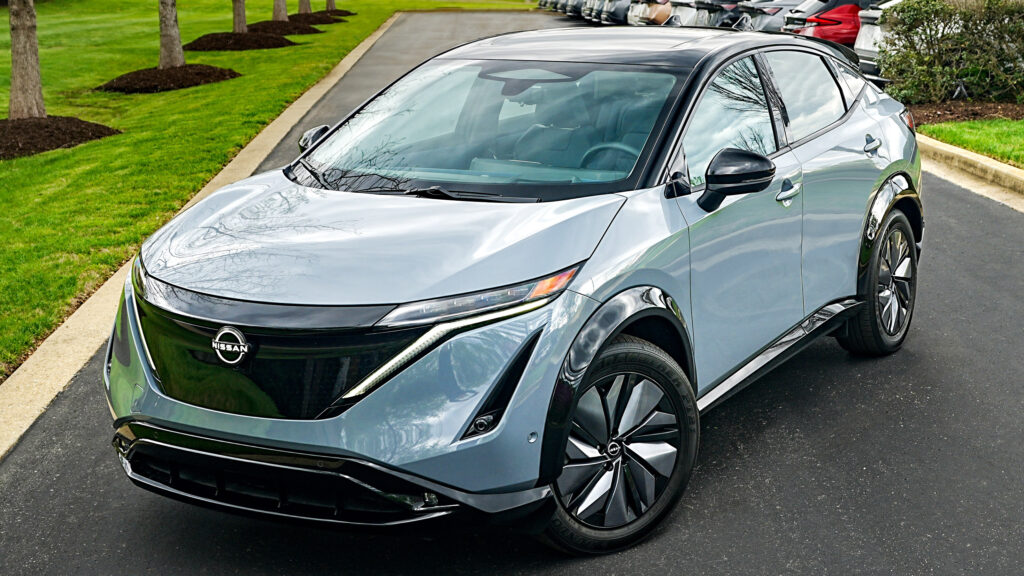
Cars at the Capital event features iconic BMW M1 Art Car in Washington DC
Best Hybrid Company Cars for Affordable and Efficient Business Driving
 Company car drivers looking to slash their bills and begin their electrified journey need look no further than these hybrids
Company car drivers looking to slash their bills and begin their electrified journey need look no further than these hybrids
With a broad range of powertrains and bodystyles, finding an affordable company car that doesn’t cost the earth to run is no longer an arduous task.
We’ve cast an eye over the latest batch of petrol-electric contenders to understand the best options for user-choosers looking to mix business with pleasure – and save money on their tax bill.
Here we’re focusing on ‘self-charging’ (often referred to as full hybrid) and mild-hybrid company cars. The former typically use a larger battery and can drive, for short periods at least, in a pure EV mode thanks to their more powerful electric motors.
Mild-hybrids, meanwhile, feature a smaller starter-generator unit that adds an extra layer of boost for accelerating, but can also recover lost energy and feed it back into the battery when coasting or braking.
Crucially, these set-ups help lower CO2 emissions, which means you’ll get more favourable benefit-in-kind (BIK) treatment. This figure indicates how much a company car driver’s salary will be taxed each month for the pleasure of using their car, so the lower the better. .
Of course, pure EVs and plug-in hybrids offer greater savings, but not all drivers can plug-in and charge at home. But fleet managers are constantly looking at ways to cut CO2 and slash fuel bulls, hence traditional hybrids are a popular choice.
At present, we think the Skoda Superb is the best hybrid company car thanks to its comfortable ride, spacious interior and frugal mild-hybrid petrol engine
Read on as we share the hybrid models that best fulfil the traditional company car role of combining business during the week with family-friendly versatility at the weekend.
BMW Direct Sales Model Shakes Up How Europeans Buy Cars

Vehicle debt soars as Americans face record-breaking $1.7 trillion burden

Citroen recall sparks urgent no-drive warning for C3 and Aircross models over brake safety...
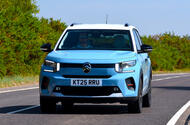 Issue affects C3, ë-C3, C3 Aircross and ë-C3 Aircross; incoming Vauxhall Frontera also impacted
Issue affects C3, ë-C3, C3 Aircross and ë-C3 Aircross; incoming Vauxhall Frontera also impacted
Citroën has told UK customers to not drive four of its newest models after a brake failure issue was discovered.
The affected cars are right-hand-drive versions of the new Citroën C3, ë-C3, C3 Aircross and ë-C3 Aircross.
The Vauxhall Frontera and Frontera Electric are also affected, but customer deliveries of those cars have yet to start.
The issue relates to the pedal box assembly potentially not being to the correct specification, heightening the risk of brake loss, Citroën parent company Stellantis confirmed to Autocar in a statement.
“If this were to happen, the automatic emergency braking (AEB) and the electronic parking brake would remain fully operational,” it added.
Stellantis said it had issued a “stop-drive action to protect all customers”, adding that those affected will be given replacement cars while theirs are checked.
For those waiting on Frontera orders, owners will be contacted and impacted cars “will be rectified prior to delivery”, Stellantis said.
All affected models sit on Stellantis's Smart Car platform. The related Fiat Grande Panda and Grande Panda Electric aren't affected by the issue, as it was corrected during production, Fiat told Autocar.
Autocar was alerted to the issue by several readers who were impacted by the Citroën recall. One had picked up their car just three weeks before the notice was given.
This latest recall is the third no-drive notice given by Stellantis in as many months.
Back in June, the company told all UK owners of Mk1 DS 3s and Mk2 Citroën C3s built between 2009 and 2019 to stop driving their cars immediately, due to a potential airbag issue.
The recall came after a woman in France was killed by the Takata-made airbag in her 2014 C3 exploding.
Since then, this recall has expanded to include the Citroën C4 (2010-2013), Citroën DS4 (2010-2015), DS 4 (2015-2017), Citroën DS5 (2010-2015) and DS 5 (2015-2018). The total number of cars affected here is near 130,000.
Worries have grown that Stellantis is struggling to deal with the recall. One reader told Autocar their car was recalled nearly six weeks ago and they're still waiting for the repair to be completed.
This backs a previous BBC report that quoted many Citroën owners who had been told the wait for repairs would take months. One was told their C3 couldn’t be fixed until January 2026.
Toyota recall sparks safety alert as dash displays fail in nearly 600000 vehicles
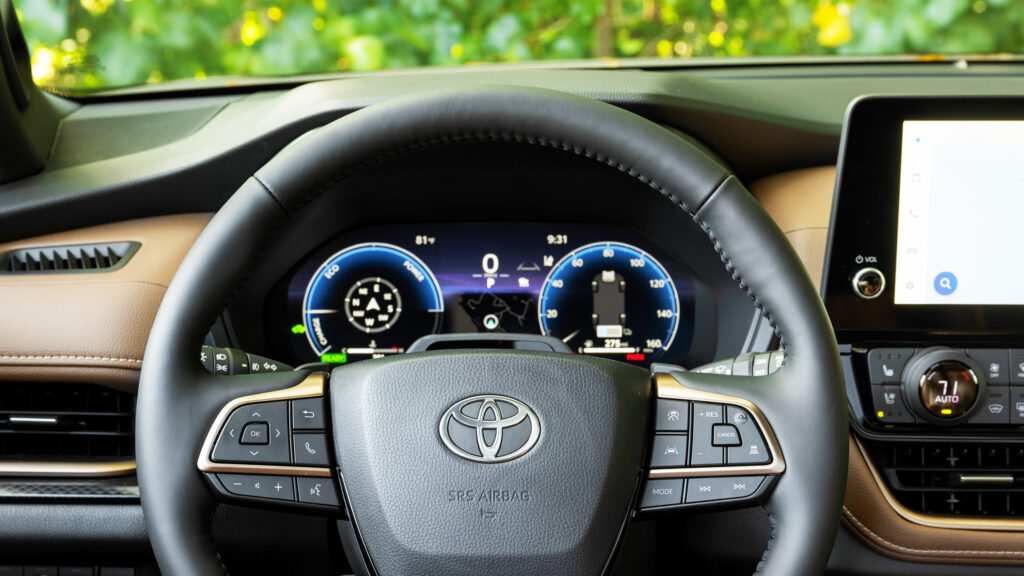
Auctions Reveal Surprising Prices for Rare and New Cars
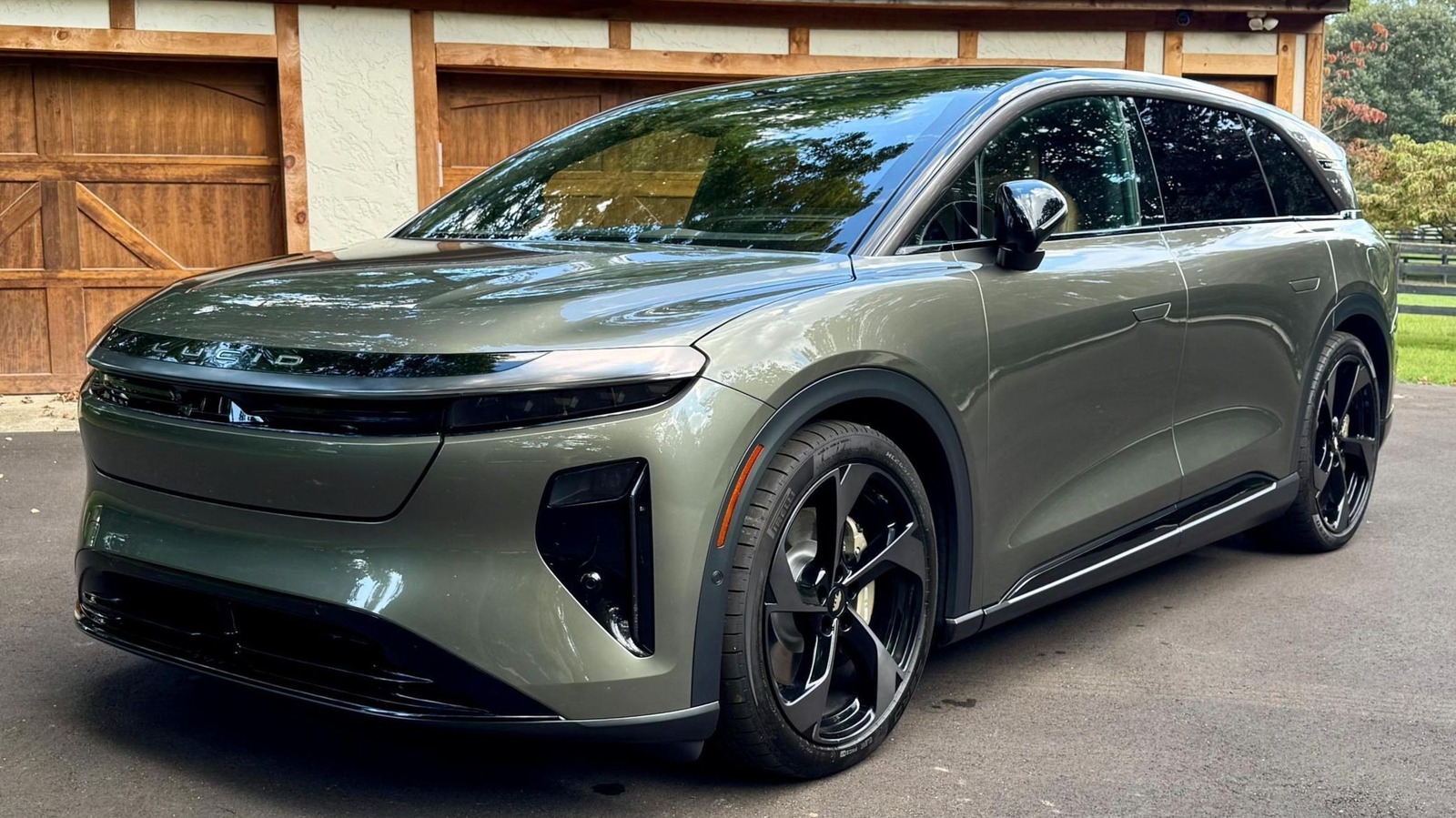
Honda Vezel eHEV RS Debuts in Japan With Sporty Looks and Sharper Handling
